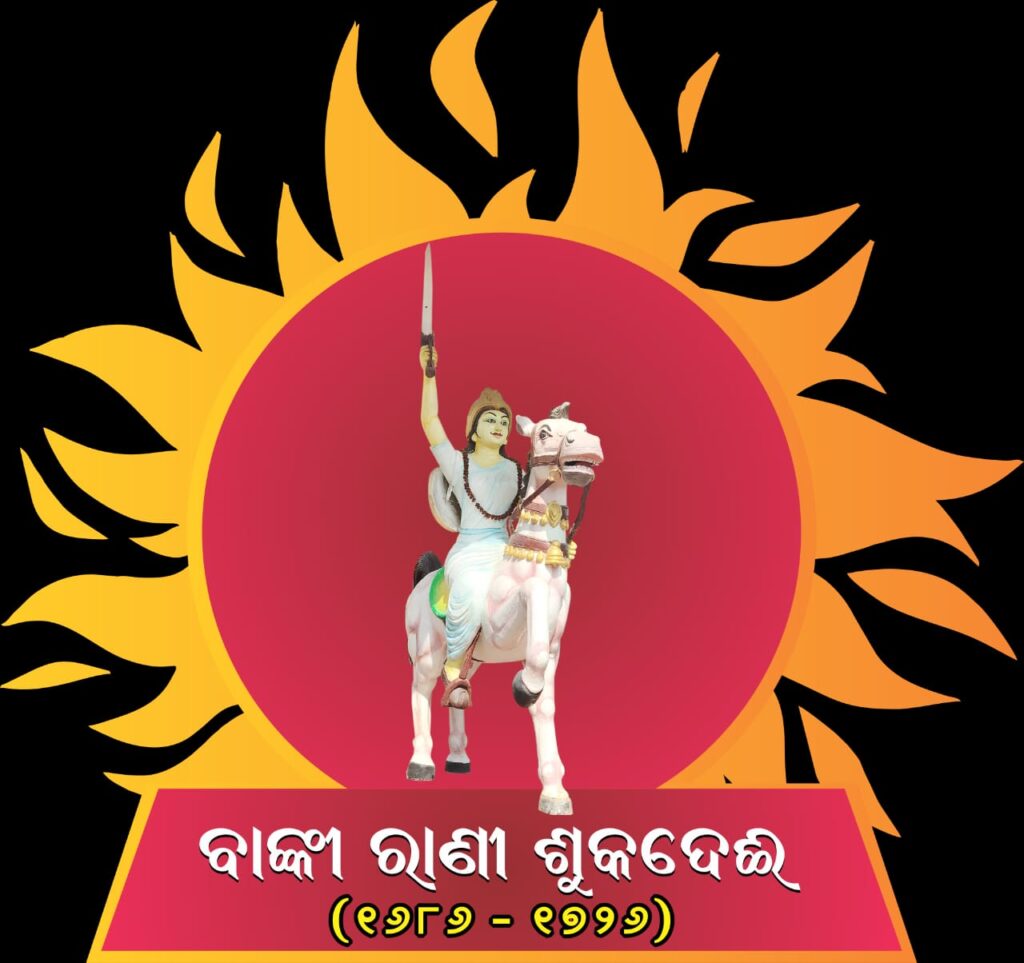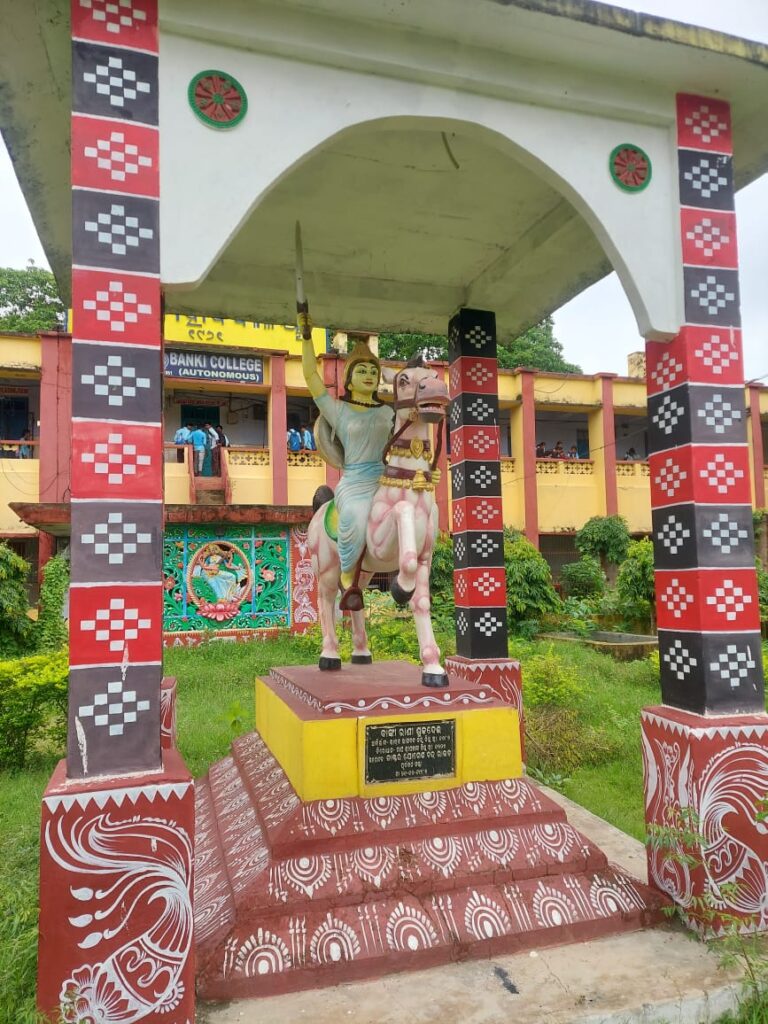The Warrior Queen of Banki : Rani Sukadei

Among the most talented women in the history of our country, the warrior Queen of Banki, Rani Sukadei, is one of the most memorable and lesser-known chapters in the history of the country. But whether it is the misfortune of Odisha or the misery of Oriyas, the Queen has remained a shadow of ignorance, unfamiliarity, obscurity, and shortness for Utkal history. The story of her heroism and greatness is limited to Banki’s brackets. Outside, she may not have been recognized by many Oriyas. If you say Sukadei’s name, they will ask the opposite, who is this “Sukadei”? She may be anyone “Dei,” like Jemadei or Ramadei. But few know that Puri Panda Chandan Hazuri inspired Jhansirani Laxmibai by telling Sukadei’s heroic story!! Sukadei, in spite of her aggression, is a stranger to her kingdom.
In the year of 1686, month of Bhadrav, on the Bhagavata lunar day, Rani Sukadei was born from King Birbar Balabhadra Dev Mangraj of Badambagarh. From a young age, the king’s happiness and splendor did not impress her. Far from the Palace, she took training in Kharaddurga, where she concentrated on the study of mythology, scripture, and martial arts. The worshipped goddess of Kharaddurga, the holy shrine of the goddess Maa Mahakali, was located in the Dense forest. An old Kandha woman was worshipping on the pedestal. Kandhuni was adept at martial arts. Knowing Sukadei’s interest in martial arts, the uncle arranged for her to learn from that Kandhuni woman in the presence of Maa Mahakali. During one of Sukadei’s careless lessons, one of Kandhuni’s fingers was amputated by a sharp weapon. In a fit of rage, she cursed Sukadei to be punished. Sukadei returned to his father, saddened by this.
After that, she married Banki king Dhananjay Srichandan, and in 1702, Sukadei crowned the Banki queen. The king ruled well, on the advice of the queen of beauty. In 1720, during the Akshaya Tritiya period, the queen went to the Purushottama area to see the Chandan Jatra. In Shrikshetra, the long-awaited desires of Chandan yatra and Jagannath Darshan were fulfilled. At that time, King Gopinath Gajapati of Khordha was also present. She was influenced by Queen Sukadei’s appearance and became addicted. Out of jealousy, he planned to attack Banki. The two frontier villages Talabasta and Dolanapur were first occupied by Gopinath Dev, and the war lasted for a long time. At that moment, the soldiers of Khordha brutally killed Dhananjay Srichandan, the king of Banki, who was asleep. Dhananjay’s son Dayanidhi Srichandan was only 12 years old at the time. Queen Sukadei, who was tormented by widowhood, decided to go down to the battlefield to seek revenge for her husband’s death, despite a ban by the chief minister. In the meantime, the Khordha army has moved on to the rest of Banki and has reached the southern border of Gopalpur and Ragadi. The minister again proposed that the rest of the kingdom be given to the Khordha king to make peace with him. Due to self-esteem, Sukadei rejected the offer and decided to fight till the end. The news was spread into the whole area. The heroic paikas of Banki, led by their queen, shouted the war cry “Jai Maa Charchika”, the name of the presiding deity of the Banki, blew the sky, and marched forward to face the Khordha army. The opposite group of Khorda army did not imagine that Banki’s army will do again fight after the death of their king. In the power of Maa Charchika and the leadership of Queen Sukadei, Banki soldiers retaliated. By that time, the armies of Badamba, Tigria, and Saranda had also joined the battle, led by the queen. The Khordha forces disbanded. At the head of the slain army, a Temple of Head was erected at Kushpalla. At last, the Khordha king was eventually captured and taken to the rest of the Banki’s court.
Both the army and the people demanded that King of Khordha be beheaded. But the Queen of Banki was the goddess of mercy and forgiveness. Her conscience did not order another woman to do the same, knowingly in the throes of her own widowhood. So she publicly pardoned the king of Khorda and gave her own dignity. The king of Khorda surrendered under the queen of Banki and returned Kushpalla to the Banki kingdom.
After the war, the queen ruled for another six years. During this time, many public works were done for the good of the people. At last, she died on the Magha panchami, in the year of 1726.
Queen Sukadei’s extraordinary heroism, courage, and great humanity are instructive to this nation.


Comments
So empty here ... leave a comment!